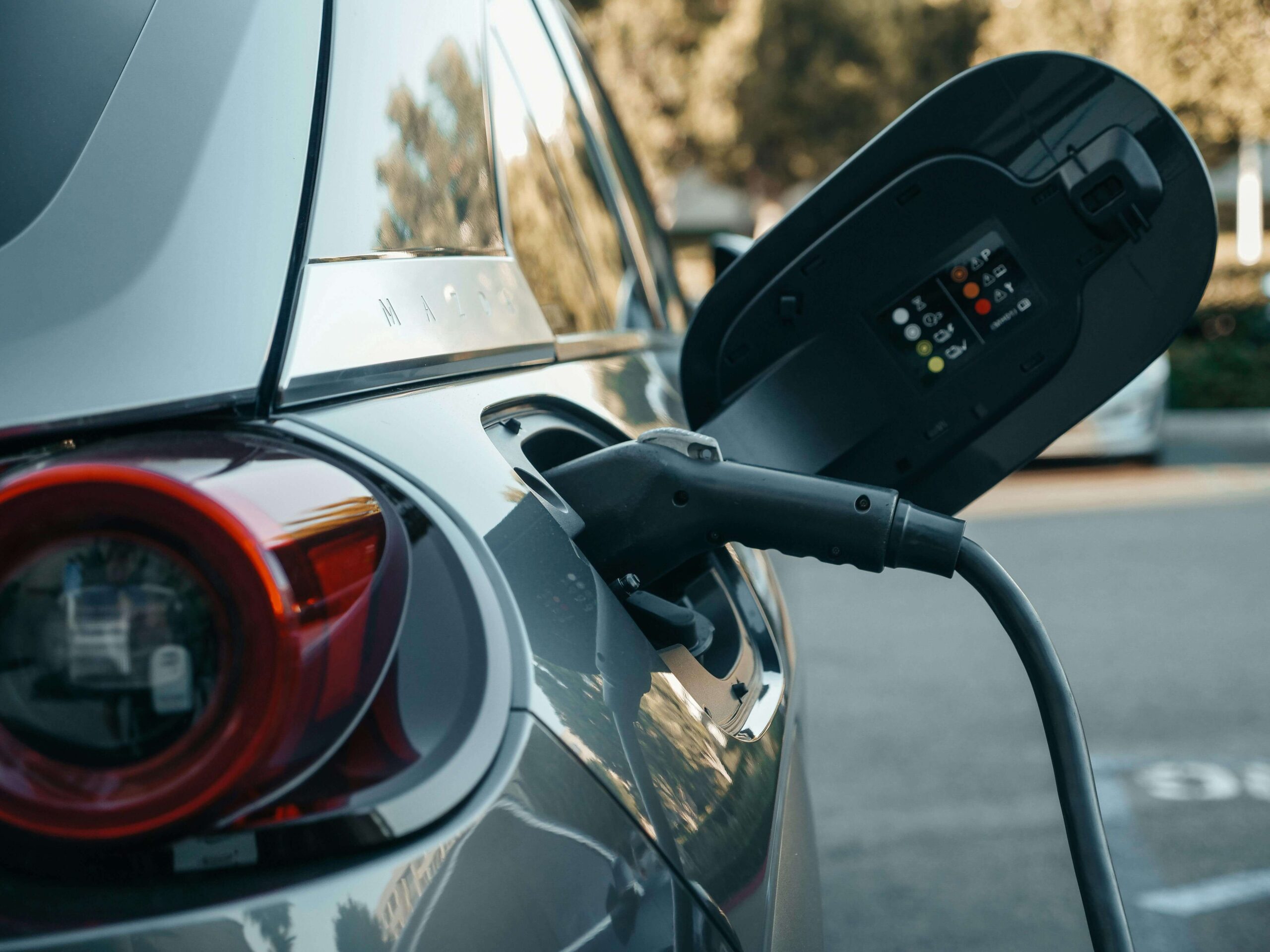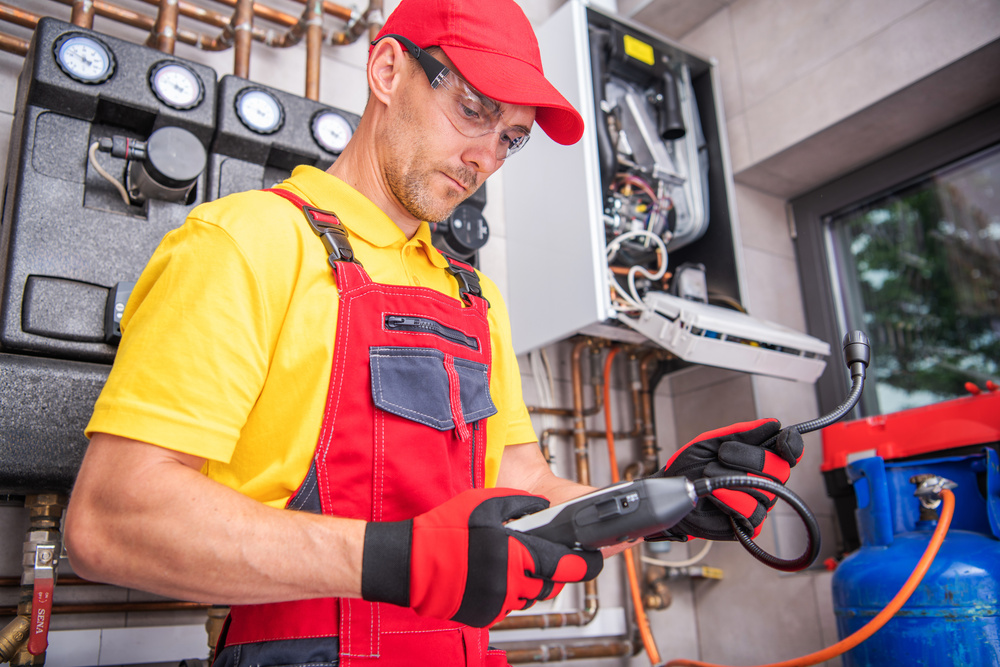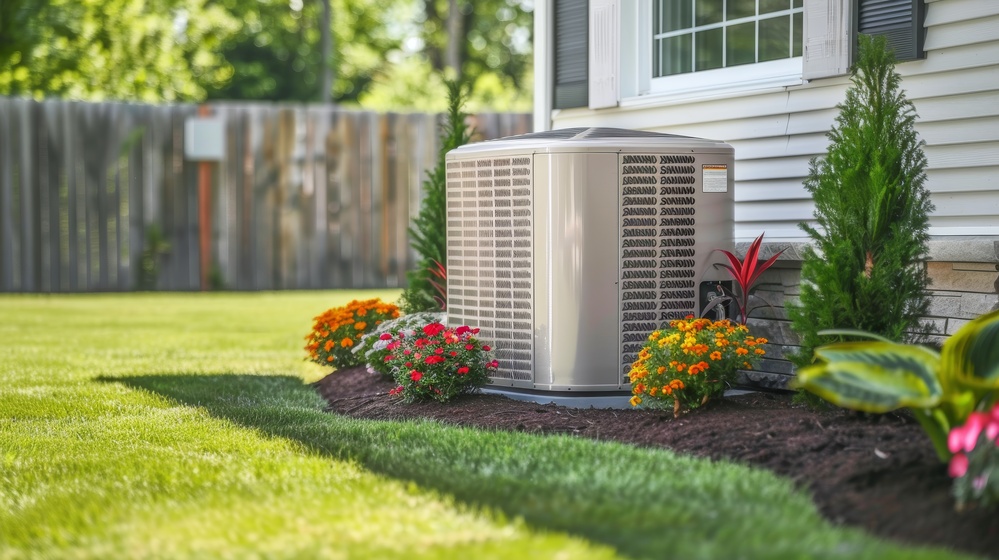The Requirement of EV Charger Installation at Home

By Thomas Terry, SameDay Heating & Air
Electric vehicles (EVs) are becoming more common on roads everywhere, and many people are choosing the convenience of charging at home. Installing a home EV charger makes daily life easier, but there are a few moving pieces you should know about. Below, we’ll walk through what you need to know about installation, including electrical needs, permits, and upkeep.
The Importance of Understanding EV Charger Installation Requirements
Getting an EV charger installed at home shouldn’t be a hasty decision. Doing it correctly can prevent common issues like tripped breakers or damage to your charger. Taking the time to set up your charger properly also gives you quicker charging times and even adds value to your home.
Most people have a Level 1 charger, however, depending on your usage, upgrading to a Level 2 charger can be beneficial. Level 1 chargers typically provide about 4-5 miles of driving range per hour of charge. Level 2 chargers, though, average 32 miles per hour, with a range of 10-80 miles per hour depending on power output and vehicle acceptance rate.
|
Is it cheaper to charge an electric car on 110 or 220? Charging on a 110-volt outlet (Level 1) is slower and less efficient. A 220-volt setup (Level 2) charges faster and is often more cost-effective in the long run. |
Electric Requirements for Home EV Charger Installation
Before installing an EV charger at home, look at your current electrical setup. Important steps include:
- Checking your panel
- Deciding on the appropriate outlet
- Choosing a good location.
The sections below will go into more detail.
Panel Capacity and Load Calculations
Your electrical panel needs enough room and power to handle an EV charger. Level 2 chargers typically operate on a 208/240V dedicated circuit and may require up to 60 amps, while a common home charger uses 32-50 amps. As such, you’ll need to add up your home’s current load. You might need an upgrade if your panel is already close to full.
There are also DC fast chargers (Level 3), and they operate at 400-900 volts and can deliver 50 KW to over 350 KW, adding 80% charge in about 30 minutes. However, they are typically not used for home installation.
|
What size panel do I need for an EV charger? Most Level 2 EV chargers need a 240-volt circuit and use between 32 and 50 amps. If your panel is at least 100 amps, there’s a good chance it can handle the charger, especially if it’s not already maxed out with other appliances. A 200-amp panel offers more flexibility if you plan to add more high-power devices later. |
Dedicated Circuit and Outlet Type
Most Level 2 chargers need a dedicated 240V circuit to run properly and avoid overloading your system. Plug-in chargers often use a NEMA (National Electrical Manufacturers Association) 14-50 outlet. This is the same type used for RVs and dryers, and usually supports 32 to 40 amps.
In some cases, your electrician might suggest hardwiring the charger instead. Hardwiring creates a more secure connection and helps meet local code. Also, some areas may require GFCI (Ground Fault Circuit Interrupter) protection on the outlet, based on the latest NEC rules.
Location and Accessibility
Choose a spot for your charger that’s close to where you park and protected from the weather. If you’re installing it outside, make sure it’s rated for outdoor use. Think about how easy it is to reach, especially if someone in your home has mobility needs.
Permit and Code Compliance Requirements
Before installing a home EV charger, read up on the rules in your area. Most places require permits and follow safety standards set by the NEC.
Local Building Codes and Permits
Many towns and cities require a permit when adding a new electrical circuit, including one for an EV charger. Local building codes may also have specific rules about how and where you can install your charger. These vary depending on your area. The best way to stay on track is to check with your local permitting office or work with an electrician who knows the rules. This way, you won’t run into hangups during inspection.
How to Apply for a Permit for EV Charger Installation
Getting a permit for EV charger installation usually starts with contacting your local building department. You’ll need to fill out a permit application and provide a few details:
- The location of the charger, the type of equipment
- A simple diagram of the setup
- Some towns ask for electrical load calculations, too
You’ll also need to include information about the electrician doing the work. If you’re working with a licensed professional, they can usually handle this part for you.
Once submitted, the permit office reviews the application. After approval, you can move forward with the installation. When the work is complete, an inspector checks that everything was installed safely and meets local and national codes.
NEC Guidelines and Safety Standards
The NEC lays out safety rules for EV charger installation regarding circuit ratings, breaker sizes, and grounding. The latest version of the NEC often includes updates specific to EV charging, so your electrician needs to follow the most current edition. These standards help ensure your system runs safely and won’t overload.
Step-by-Step Home EV Charger Installation Process
Let’s break down the process of installing a home EV charger into some manageable steps. Each one helps ensure setup is safe, works properly, and meets local rules. Here’s a look at what the process usually involves, from planning to the final inspection.
Step 1: Site Assessment
The first step is figuring out where to put the charger and if your home’s electrical system can handle it. An electrician will check the panel, look at where you park, and measure the distance to the panel. They’ll also consider if anything might get in the way, like landscaping, walls, or existing equipment. This is also a good time to think ahead. If you plan to get another EV in the future, let your electrician know so they can arrange for extra capacity.
Step 2: Hiring a Licensed Electrician
It’s best to hire a licensed electrician for this job. They know how to follow local codes and get the right permits. Many also help with choosing the right charger and outlet. While it might seem like a simple project, handling high-voltage wiring safely takes skill. You can buy your own charger, but it’s smart to let a pro handle the install.
|
Can I buy an EV charger and install it myself? You can buy your EV charger, but it’s not recommended to install it yourself unless you’re a licensed electrician. EV chargers work with high-voltage electricity, and even small mistakes are dangerous. A licensed professional will make sure everything is wired correctly, up to code, and safe for everyday use. They also help with permits and final inspection, making the process a lot easier. |
Step 3: Installation and Inspection
Once everything is ready, the electrician will install the charger and connect it to your electrical panel. This involves mounting the charger on a wall, running new wiring, and adding a breaker. After the install, your city or county will send an inspector to check the work. The inspector ensures everything is safe and meets code before giving final approval.
Contact SameDay for EV Charger Installation
Installing an EV charger at home is easier when you have professional help. SameDay has licensed electricians who can handle every part of the job, from the first inspection to the final sign-off. We make sure everything meets code, works safely, and fits your needs.





